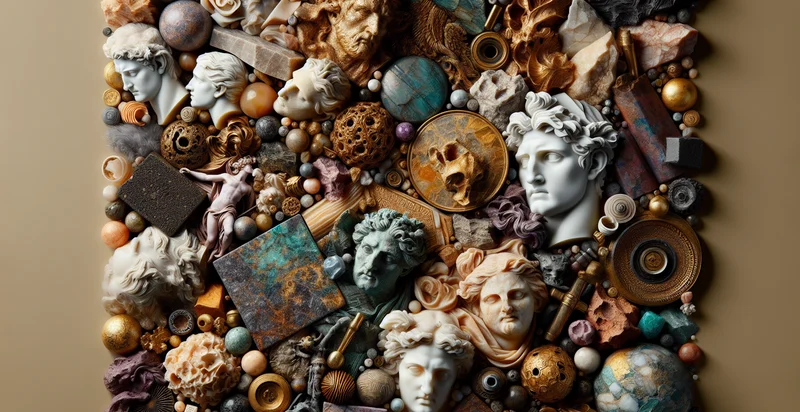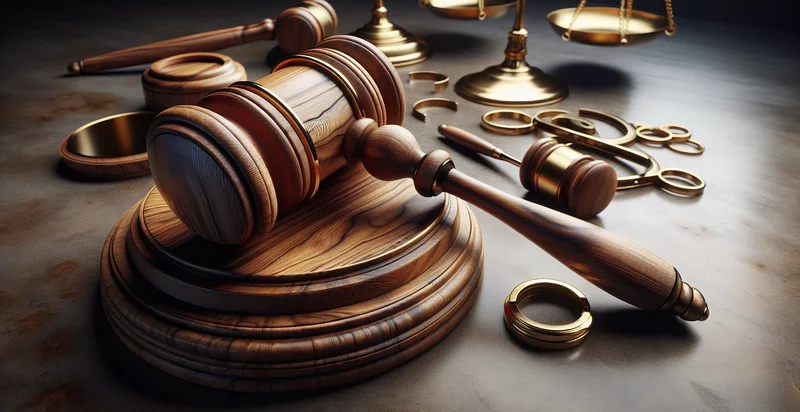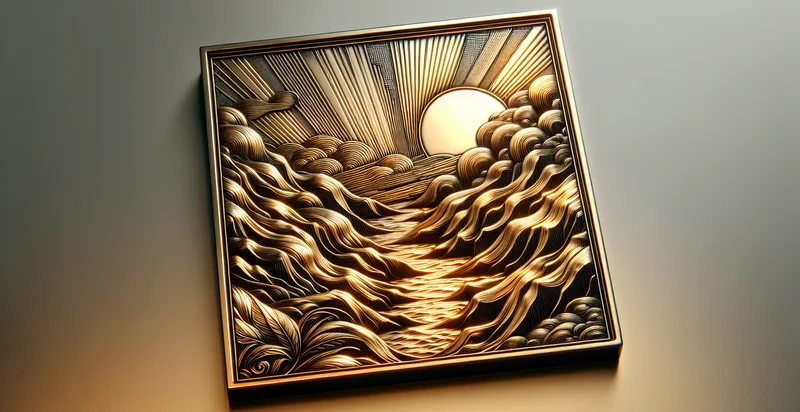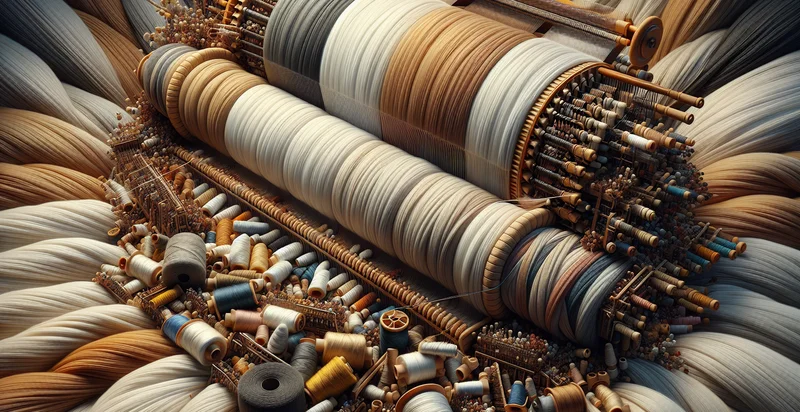Identify what material a sculpture is made from
using AI
Below is a free classifier to identify what material a sculpture is made from. Just upload your image, and our AI will predict what material a sculpture is made from - in just seconds.

Contact us for API access
Or, use Nyckel to build highly-accurate custom classifiers in just minutes. No PhD required.
Get started
import nyckel
credentials = nyckel.Credentials("YOUR_CLIENT_ID", "YOUR_CLIENT_SECRET")
nyckel.invoke("what-material-a-sculpture-is-made-from", "your_image_url", credentials)
fetch('https://www.nyckel.com/v1/functions/what-material-a-sculpture-is-made-from/invoke', {
method: 'POST',
headers: {
'Authorization': 'Bearer ' + 'YOUR_BEARER_TOKEN',
'Content-Type': 'application/json',
},
body: JSON.stringify(
{"data": "your_image_url"}
)
})
.then(response => response.json())
.then(data => console.log(data));
curl -X POST \
-H "Content-Type: application/json" \
-H "Authorization: Bearer YOUR_BEARER_TOKEN" \
-d '{"data": "your_image_url"}' \
https://www.nyckel.com/v1/functions/what-material-a-sculpture-is-made-from/invoke
How this classifier works
To start, upload your image. Our AI tool will then predict what material a sculpture is made from.
This pretrained image model uses a Nyckel-created dataset and has 21 labels, including Aluminum, Bronze, Ceramic, Clay, Concrete, Copper, Fabric, Foam, Glass and Iron.
We'll also show a confidence score (the higher the number, the more confident the AI model is around what material a sculpture is made from).
Whether you're just curious or building what material a sculpture is made from detection into your application, we hope our classifier proves helpful.
Related Classifiers
Need to identify what material a sculpture is made from at scale?
Get API or Zapier access to this classifier for free. It's perfect for:
- Art Restoration Guidance: Identifying the material of sculptures can aid restorers in selecting appropriate conservation materials and methods. By knowing if a sculpture is made of marble, bronze, or wood, restorers can apply the right techniques to ensure the sculpture's integrity and longevity.
- Auction House Evaluations: Auction houses can utilize the classification function to authenticate and evaluate sculptures before they go to auction. This helps in determining the correct estimated value based on the material, which directly influences desirability and market price.
- Museum Curation: Museums can use the function to enhance their exhibition labels and educational material. By accurately classifying sculptures by material, curators can provide visitors with deeper insights into the artistic techniques and historical contexts of the pieces on display.
- Asset Management for Collectors: Art collectors can leverage material identification for better asset management and insurance purposes. Correctly identifying the material allows collectors to ascertain and document the value of their sculptures, which is crucial for insurance coverage and asset reporting.
- Material-Specific Marketing Strategies: Art galleries can use the classification function to tailor marketing strategies based on material-specific trends. By understanding which materials are currently most appealing to buyers, galleries can curate their exhibits and marketing campaigns accordingly.
- Ethical Sourcing Verification: Organizations focused on ethical art sourcing can use the classification tool to verify the materials of sculptures. Ensuring that sculptures are made from ethically sourced materials contributes to greater transparency and responsibility in the art market.
- Educational Programs in Art Schools: Art institutions can integrate the classification tool into their curriculum for teaching about materials in sculpture making. This technology can help students identify and explore the properties of different materials, leading to more informed artistic choices in their own work.


